Many industries now use multi-lane bar packaging machines for powder and granule packaging. Stick pack formats are popular for single-serving products, and consumers appreciate the portability, convenience, and ease of use of these products. Manufacturers and packers love stick packers because they enable high throughput and save valuable factory space.
But how does this device work? In today's article, we'll take a look at how a stick packer turns a roll of film into multiple shelf-ready packs.
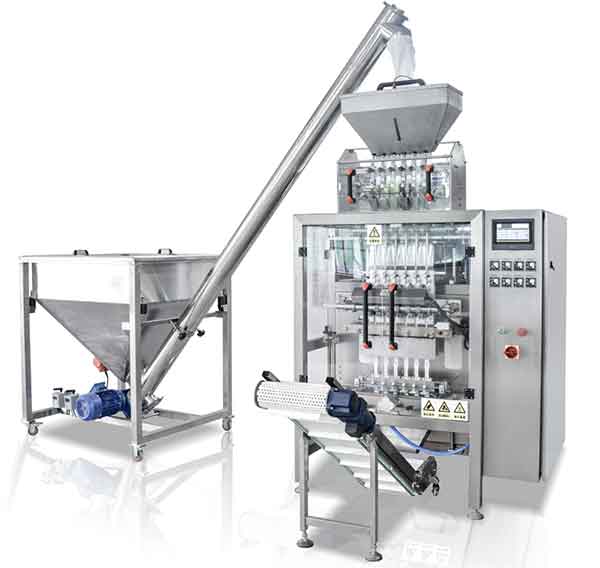
Introduce
The operation of a stick packer is very similar to that of a vertical fill seal packer: a roll of film is cut and formed into multiple stick packs, bags are filled with product and then sealed, all in a vertical fashion at a speed of up to 100 per minute per lane. 45 bags. For machines with up to 10 lanes.
1.Film Transport & Unwind
Stick wrapping machines use a single sheet of film material that is rolled onto a core, commonly referred to as a roll. Film is unwound from a film spool located at the rear of the machine. The film unwinding process is accomplished by the movement of the cross-sealing jaws located at the front of the stick packer.
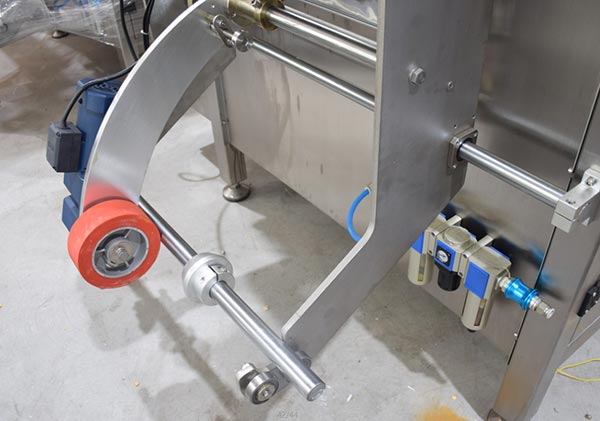
2. Optional printing
If the machine is equipped with a date stamping device, the film will be fed around the registration rollers. This helps document the location of the date stamp on the package relative to the horizontal seal. The film is passed through a sensor that reads the eye markings and controls the position of the horizontal seal relative to the printing on the film.
3.Film Tension
Next, the film is fed into a set of nip rolls. The nip rollers maintain even pressure on the film to help keep it at constant tension, which keeps the adjustment arm in the correct operating position.
During the unwinding process, the film is unwound from the spool and passed through a dancing arm with a weighted pivot arm located at the rear of the machine. The arm contains a series of rollers. As the film is transported, the arm moves up and down to keep the film under tension, while an automatic film tracking sensor also ensures that the film does not move from side to side as it moves.
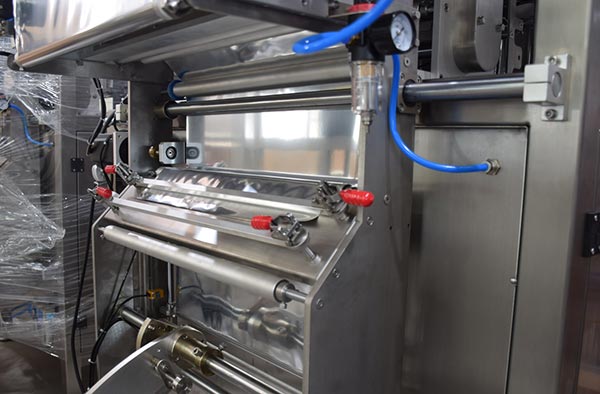
4. Film cutting
From the nip rolls, the film enters a cutting section called the slitter assembly. In this step of the process, large rolls of packaging film are cut into strips according to the number of lanes of the strip packaging machine. These strips form the basis of individual stick packs.
The cutting disc knife that does this step is not powered. The film remains under tension by means of knives in contact with specially designed rolls. As the film is pulled through this assembly, it is cut into individual stick packs.
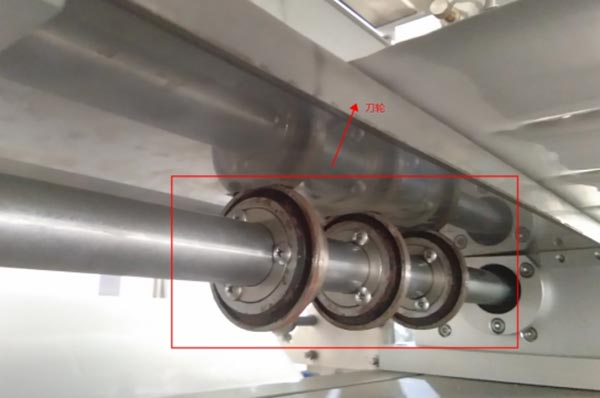
5. Stick Pack FormingFrom here, the cut film passes through multiple forming tubes (one for each pass). When the cut film reaches the shoulder (the collar) of each formed tube, it is folded around the tube, resulting in a "stick pack" shape where the two outer edges of the film overlap each other.
The formed tube can be provided with a lap seal or a fin seal. The lap seal overlaps the two outer edges of the film to form a flat seal, while the fin seal joins the inside of the two outer edges of the film to form a seal that protrudes like a fin. Lap seals are generally considered more aesthetically pleasing and use less material than fin seals.
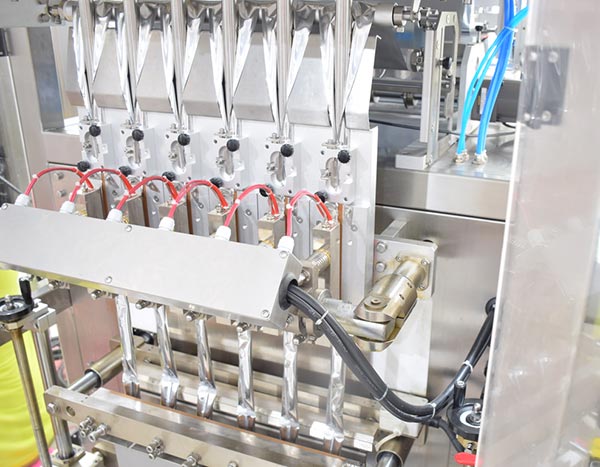
6. Bar pack filling and sealing
Once the film stops moving, multiple hot vertical seals (one per channel) move forward and make contact with the vertical overlap on the film. The vertical seal presses itself against the formed tube and forms a vertical seal.
Then, one horizontal sealing jaw comes together to form the top seal of one stick pack and the bottom seal of the next stick pack. When the sealing jaws are closed, the packaged product falls from the center of the forming tube and fills each individual bag. Filling equipment such as volumetric fillers, liquid pumps or screw fillers are responsible for the correct measurement and release of discrete quantities of product to fall into each stick.
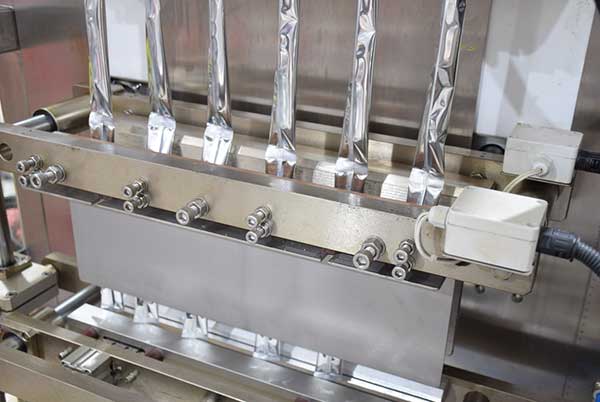
7.Stick pack discharge
After the product is released into each stick pack, the blade moves forward and cuts the bag or horizontal seal to create a "notch" under the horizontal seal jaws.
The finished stick packs drop into an outfeed chute, which has a flap that opens and closes at predetermined intervals, dropping the bags onto an outfeed conveyor or directly into a container. For a more controlled and directional discharge of the stick packs, a separate outfeed chute is available.
Completed bags can be fed to end-of-line equipment such as checkweighers, X-ray machines, case packing or carton packing equipment.
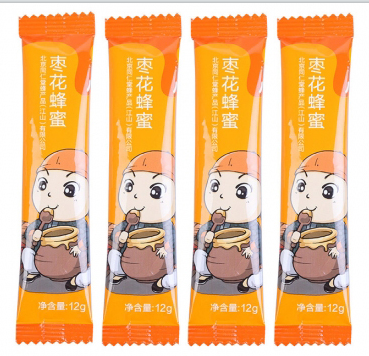
Copyright © CoreTamp All Rights Reserved | Sitemap | Powered by 